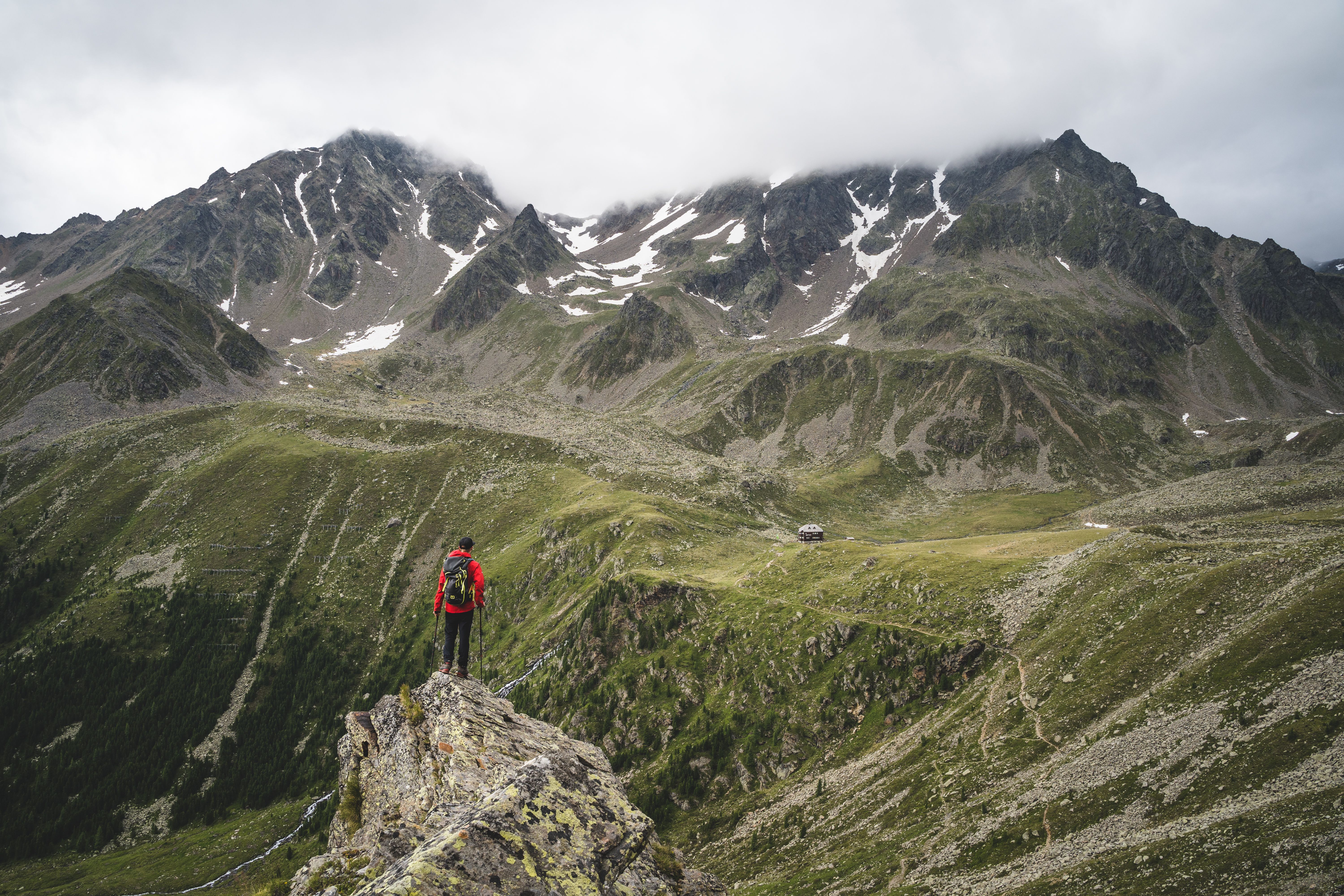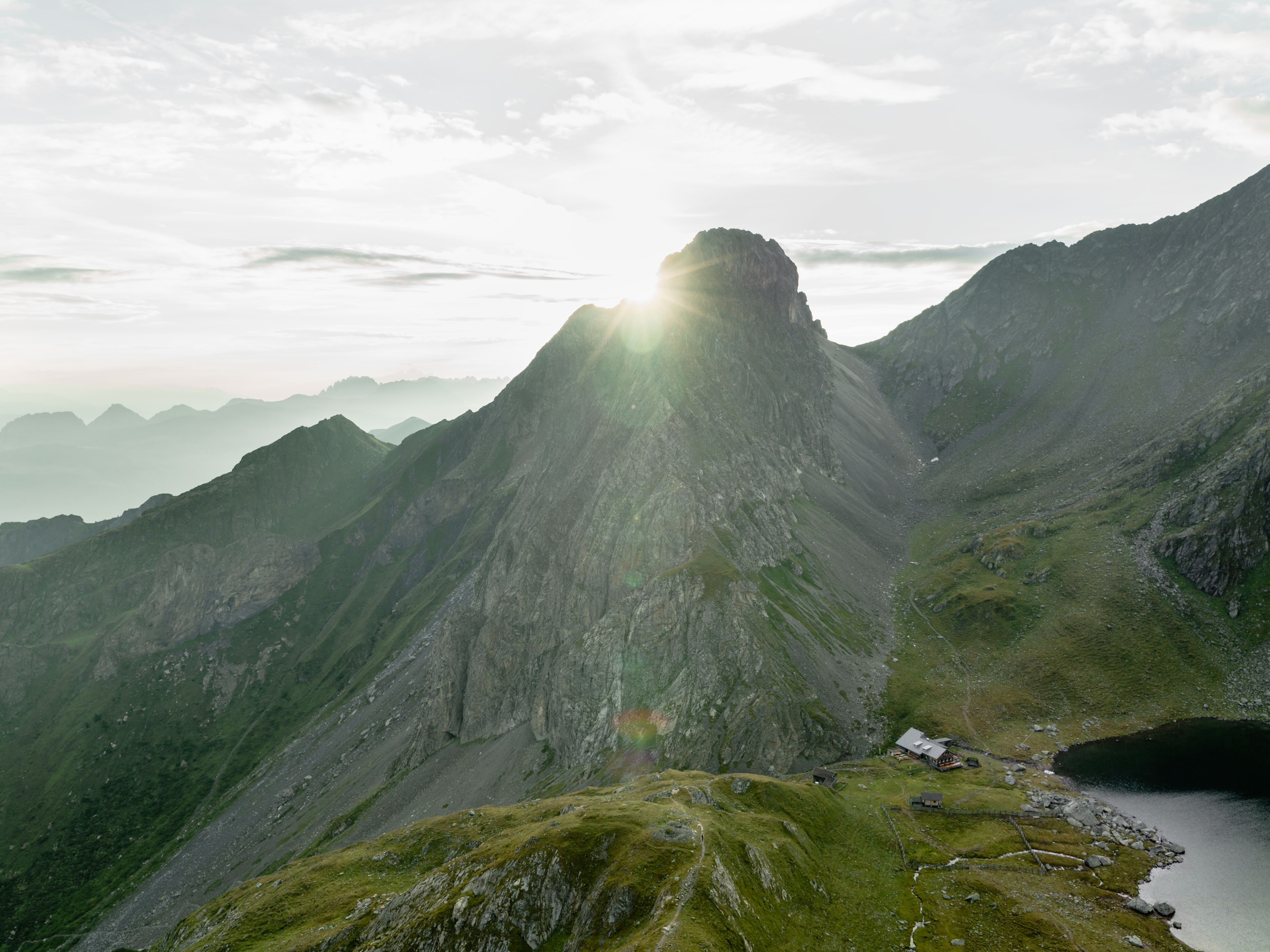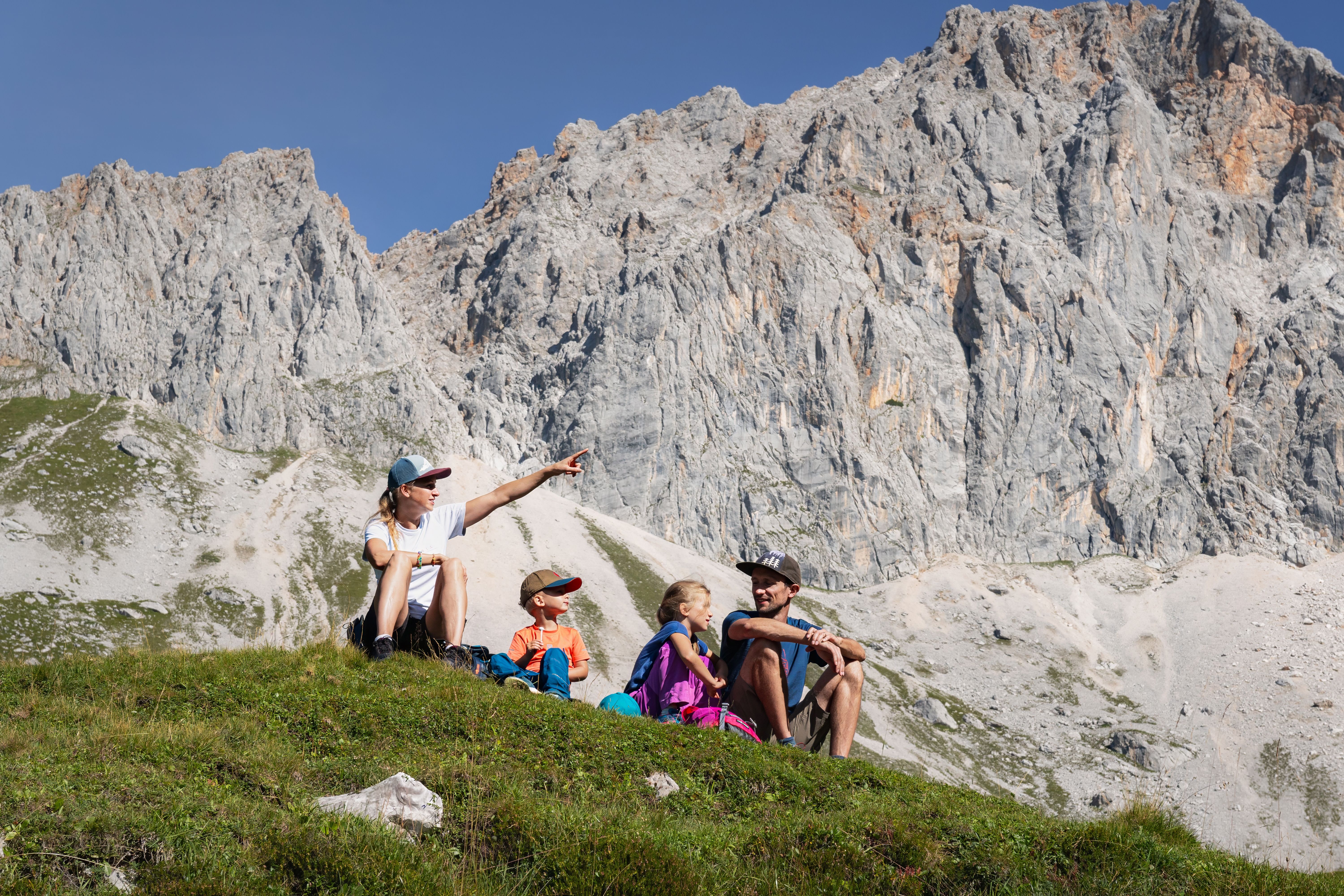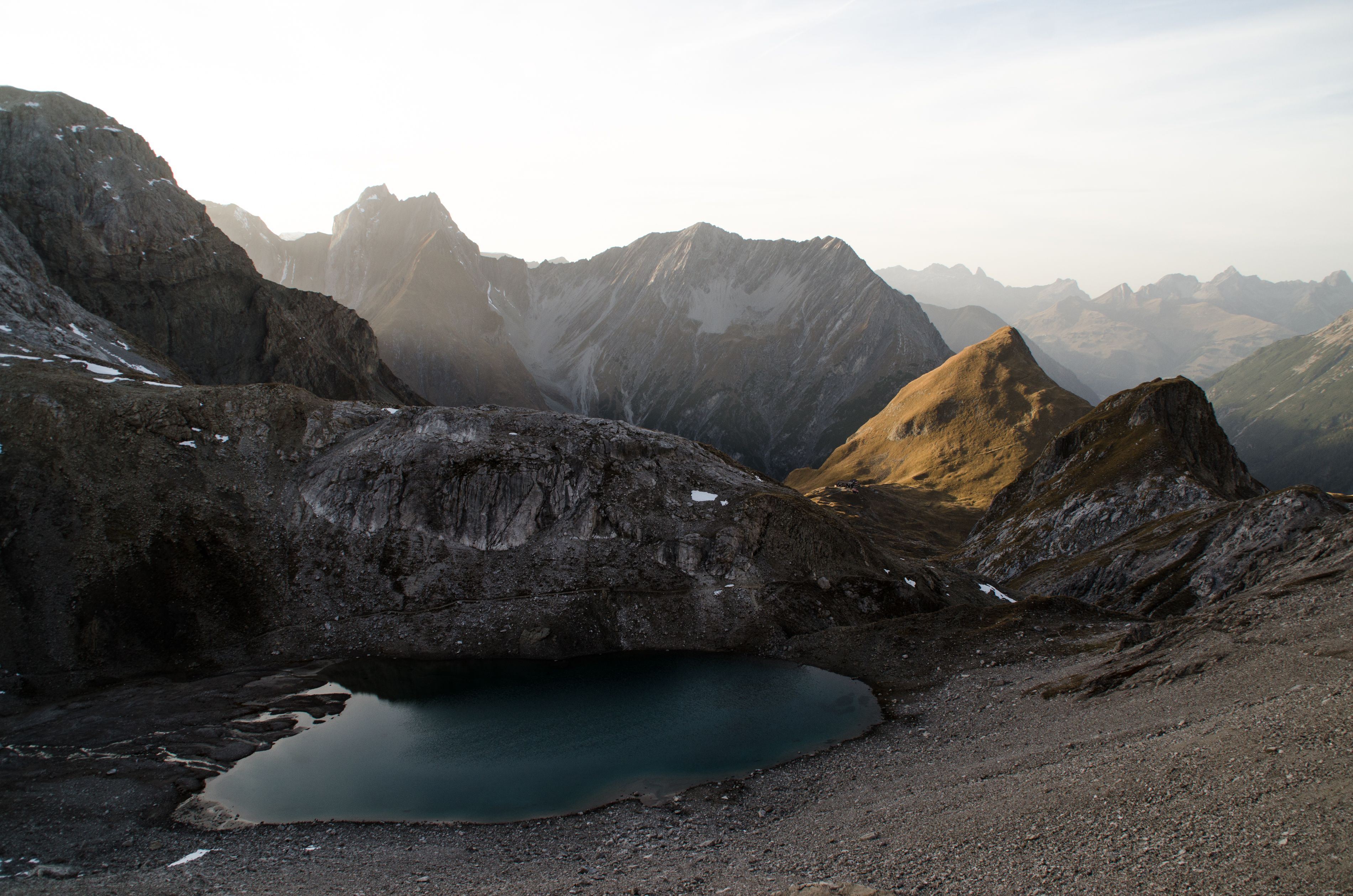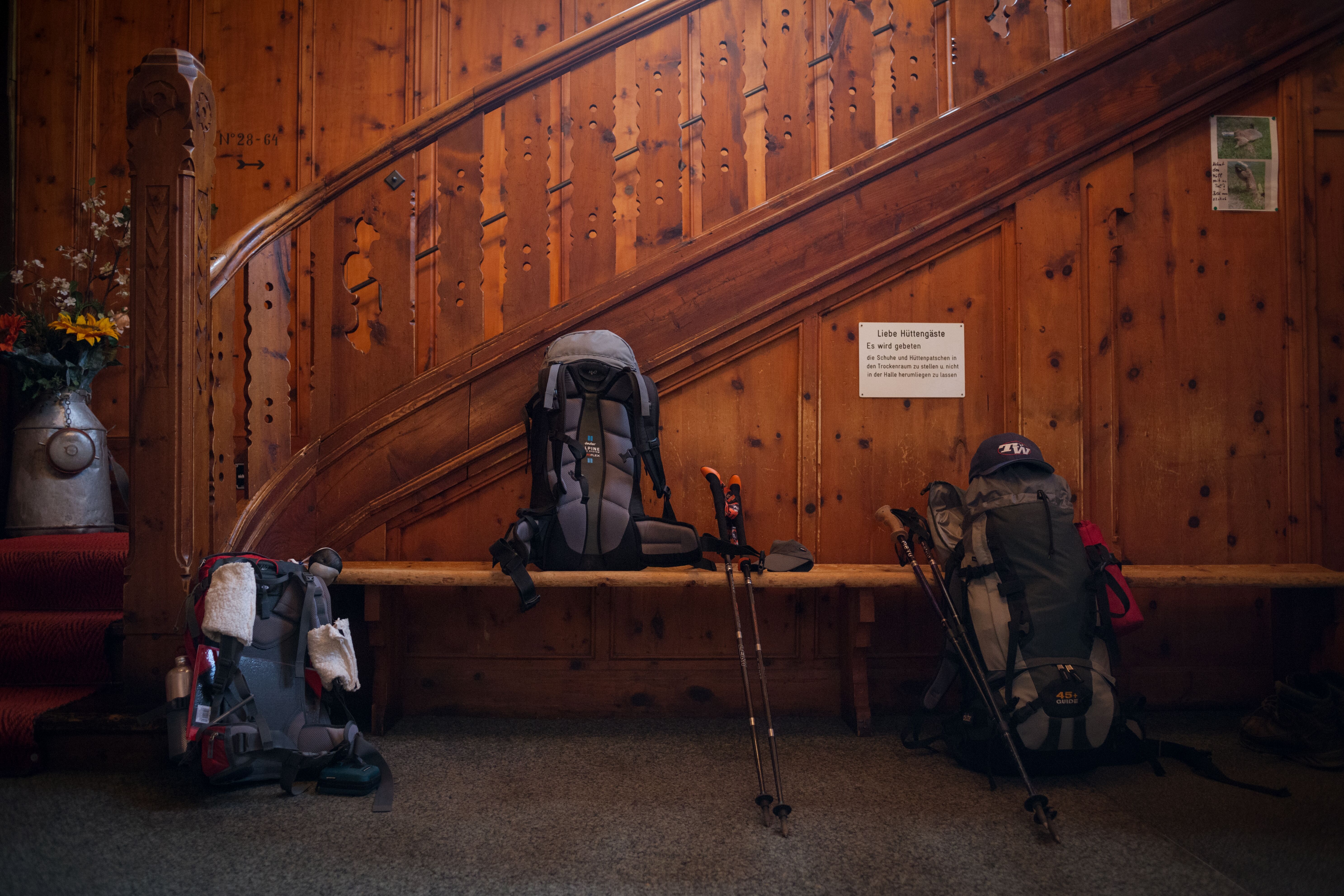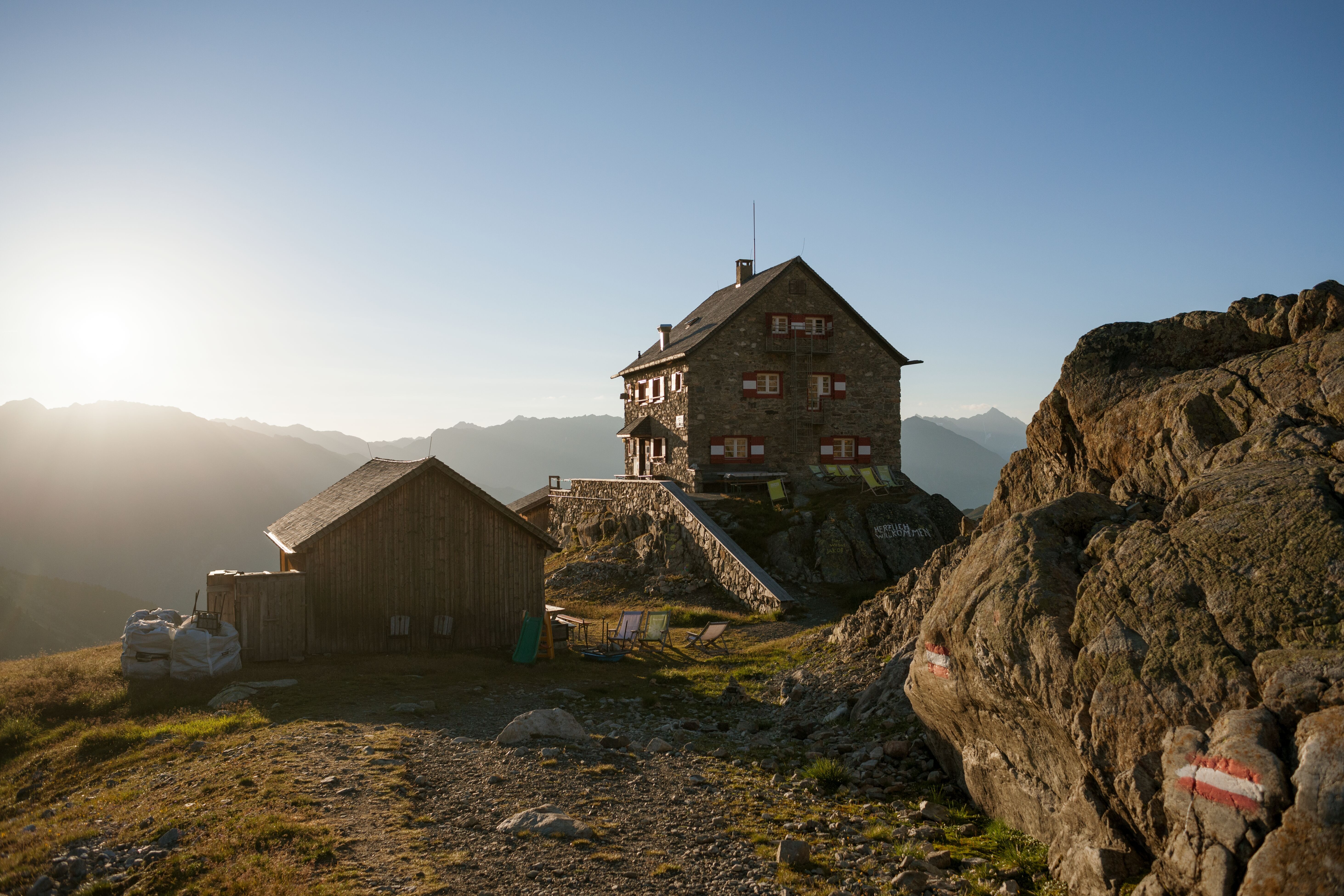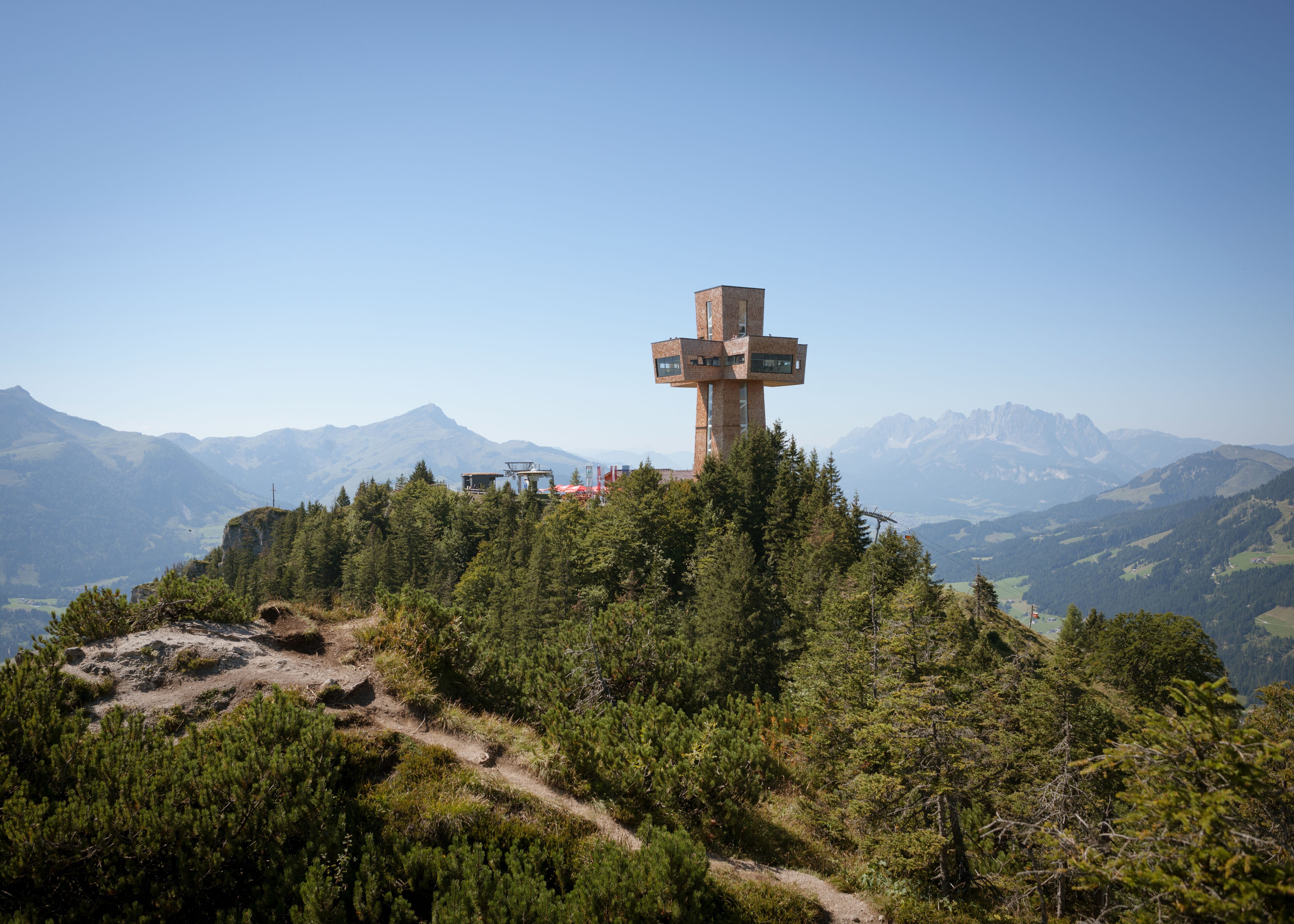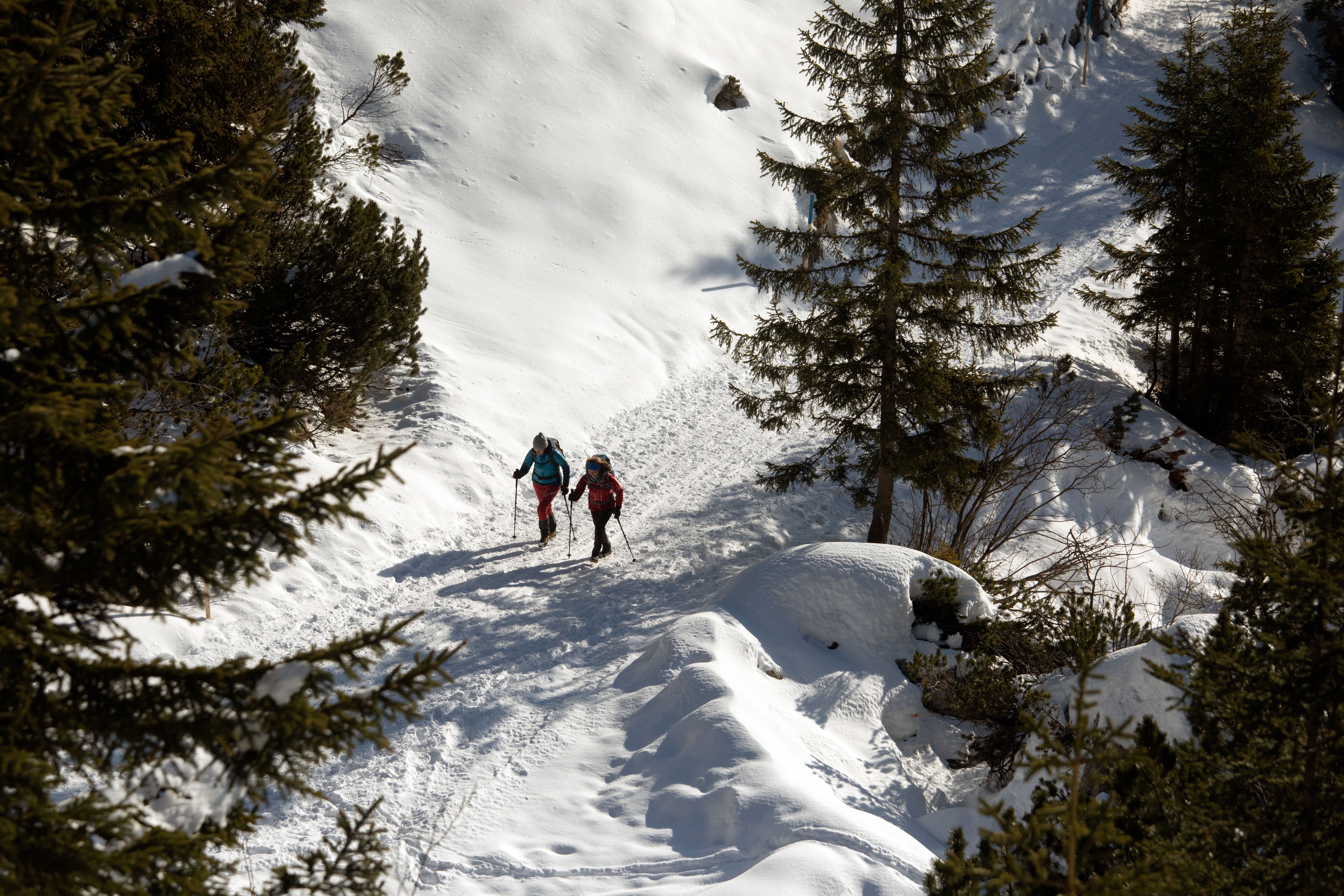The Tyrolean long-distance hiking trails offer a variety of impressive highlights that make every section an experience. The Adlerweg, Tyrol's most famous long-distance hiking trail, impresses with spectacular views of the Karwendel mountains, the Zugspitze and the Lechtal Alps. On the Lechweg, you accompany the last wild river in Europe, the turquoise-blue Lech, through picturesque landscapes and charming villages. The long-distance hiking trails lead through high alpine regions with breathtaking panoramas and idyllic mountain lakes. Overnight stays in the Alpine Club huts in Tyrol are special experiences. Historical trails such as the Starkenberg Panorama Trail also offer insights into traditional Tyrolean culture and history. Variety, nature and culture make the long-distance hiking trails unforgettable adventures.
